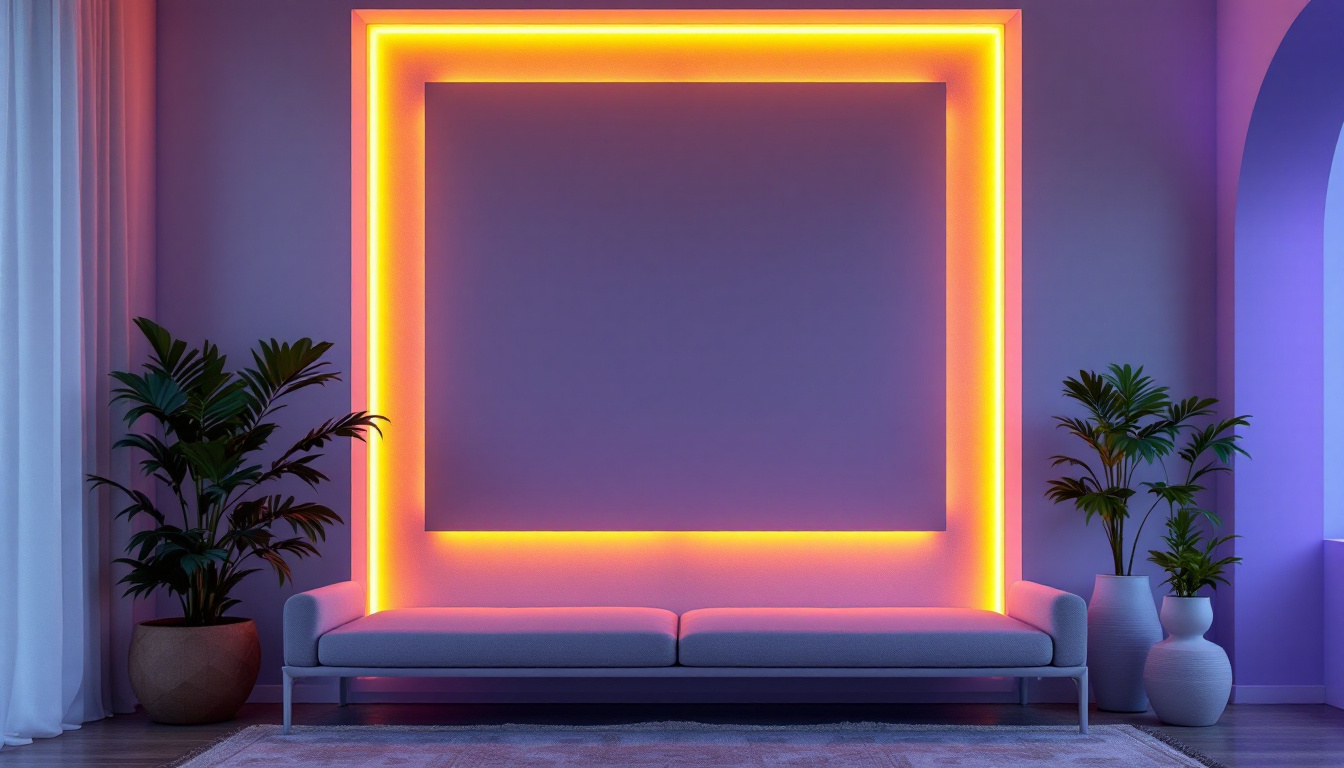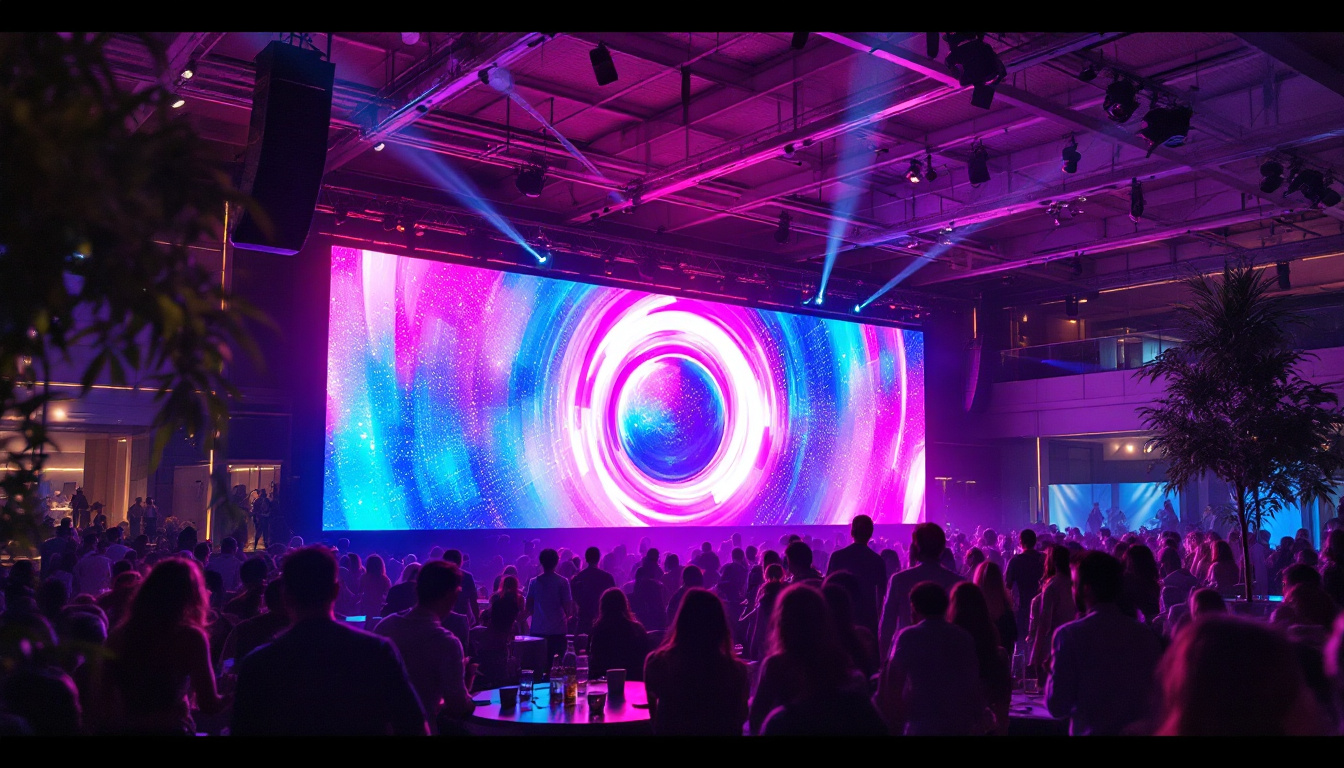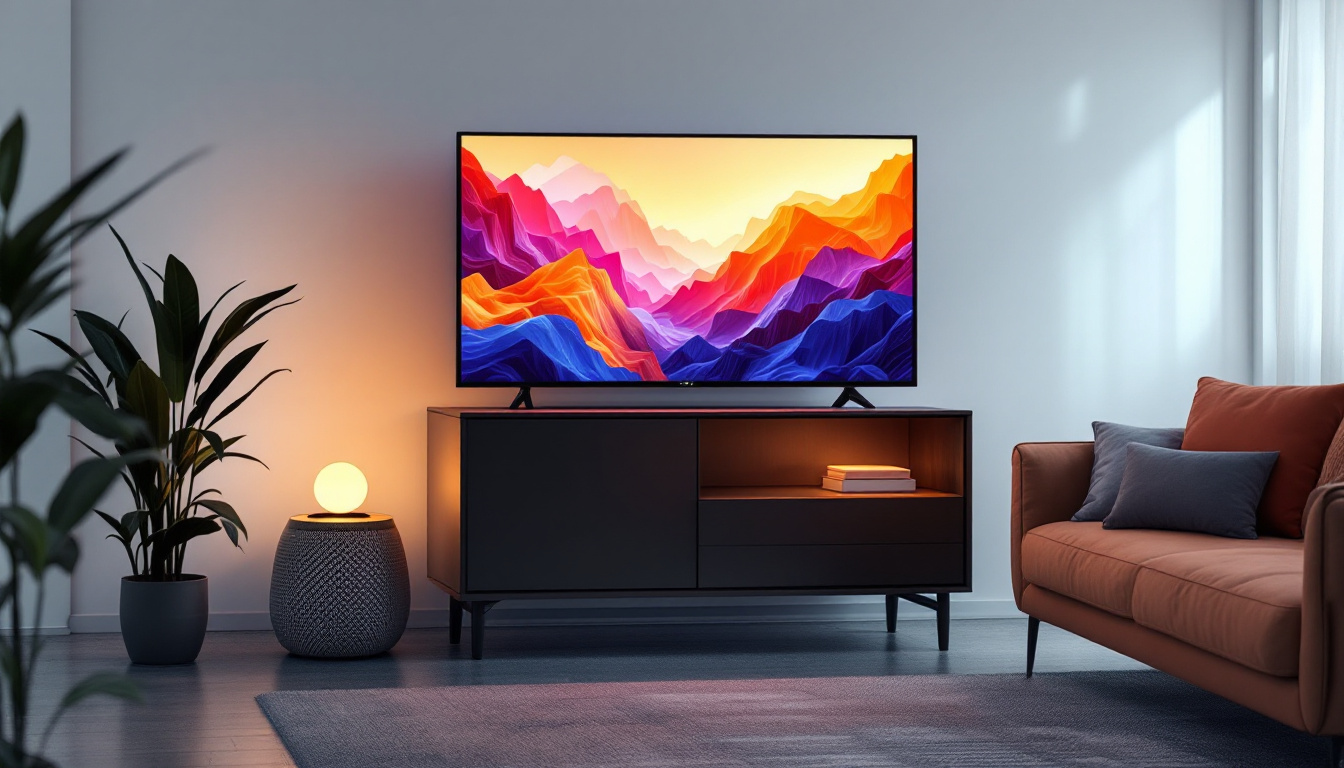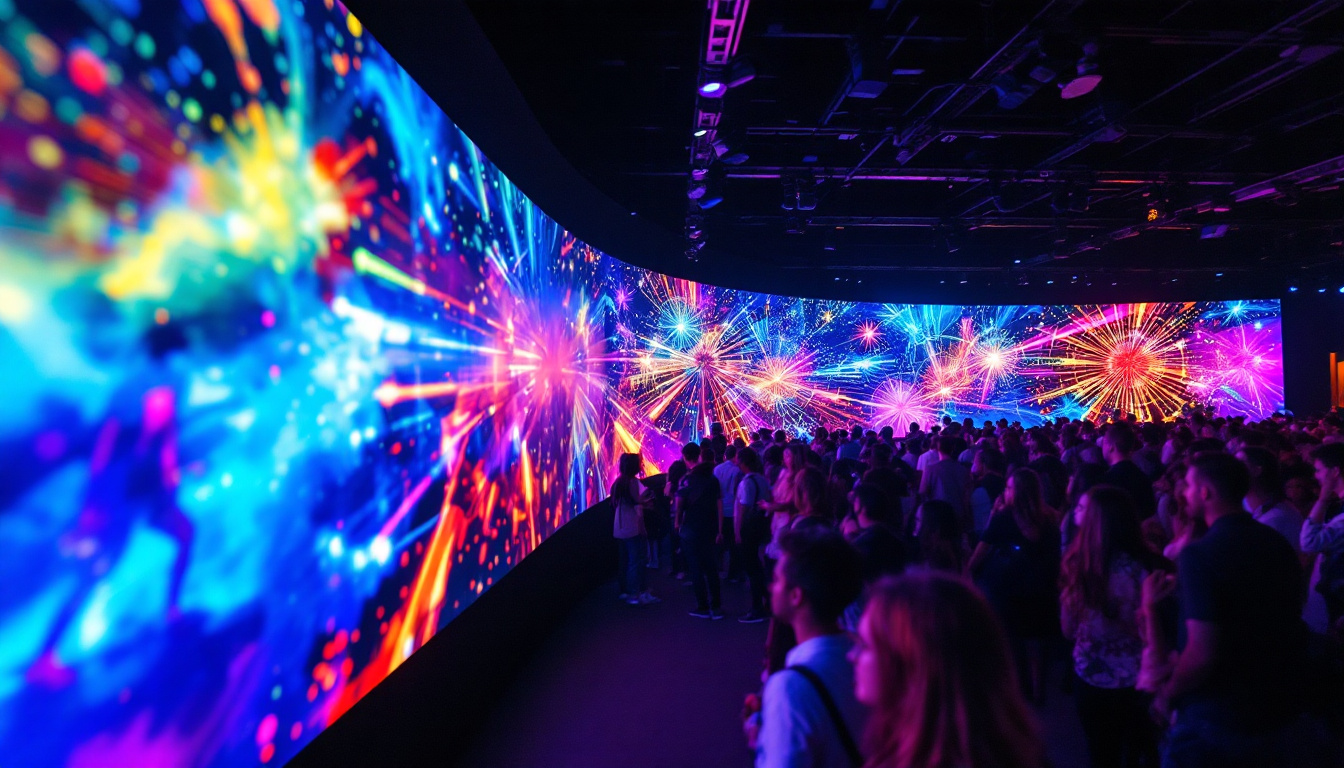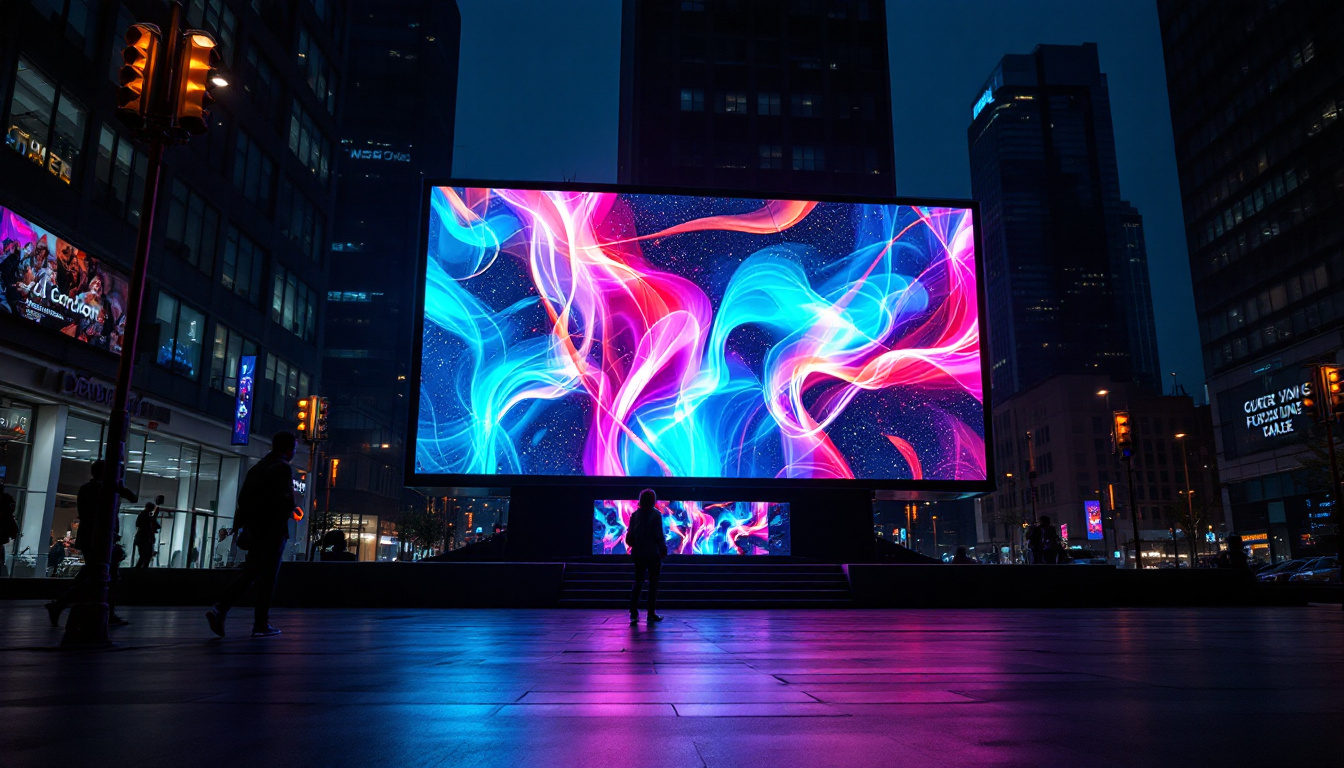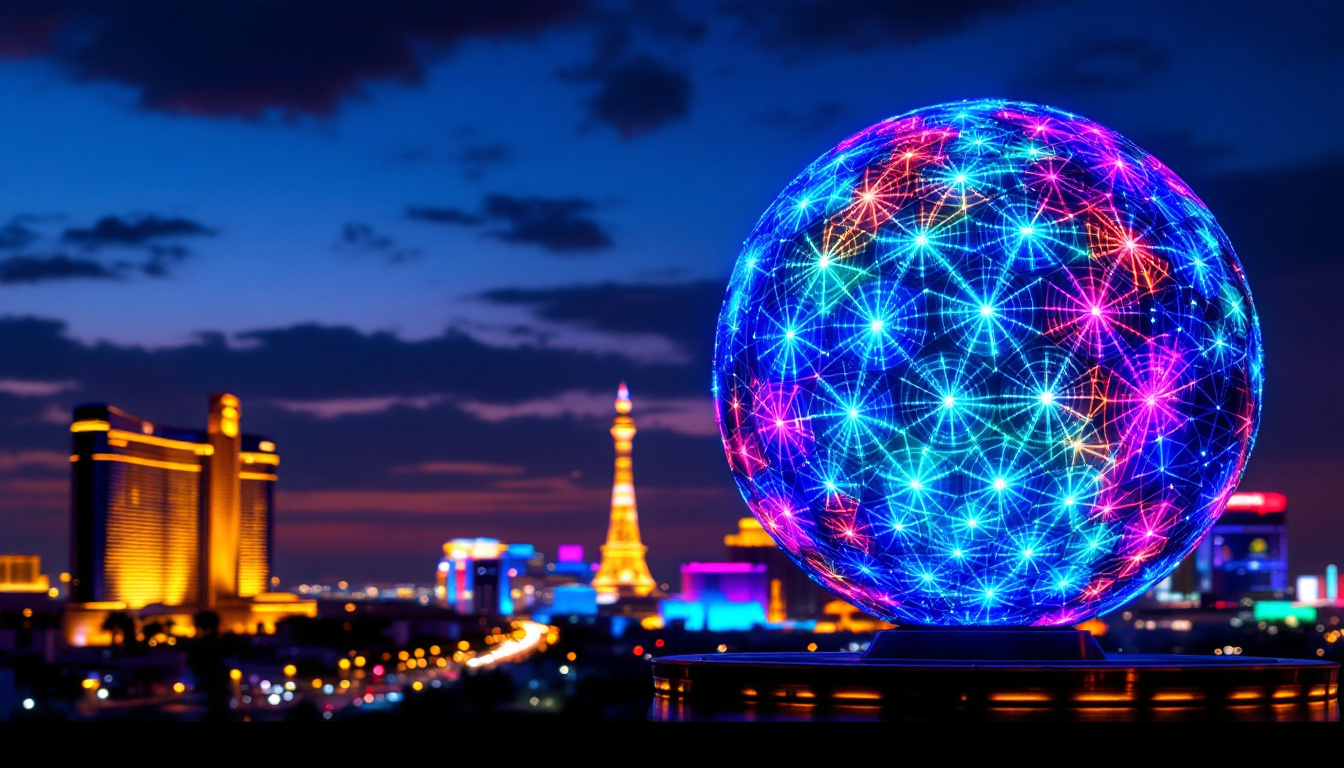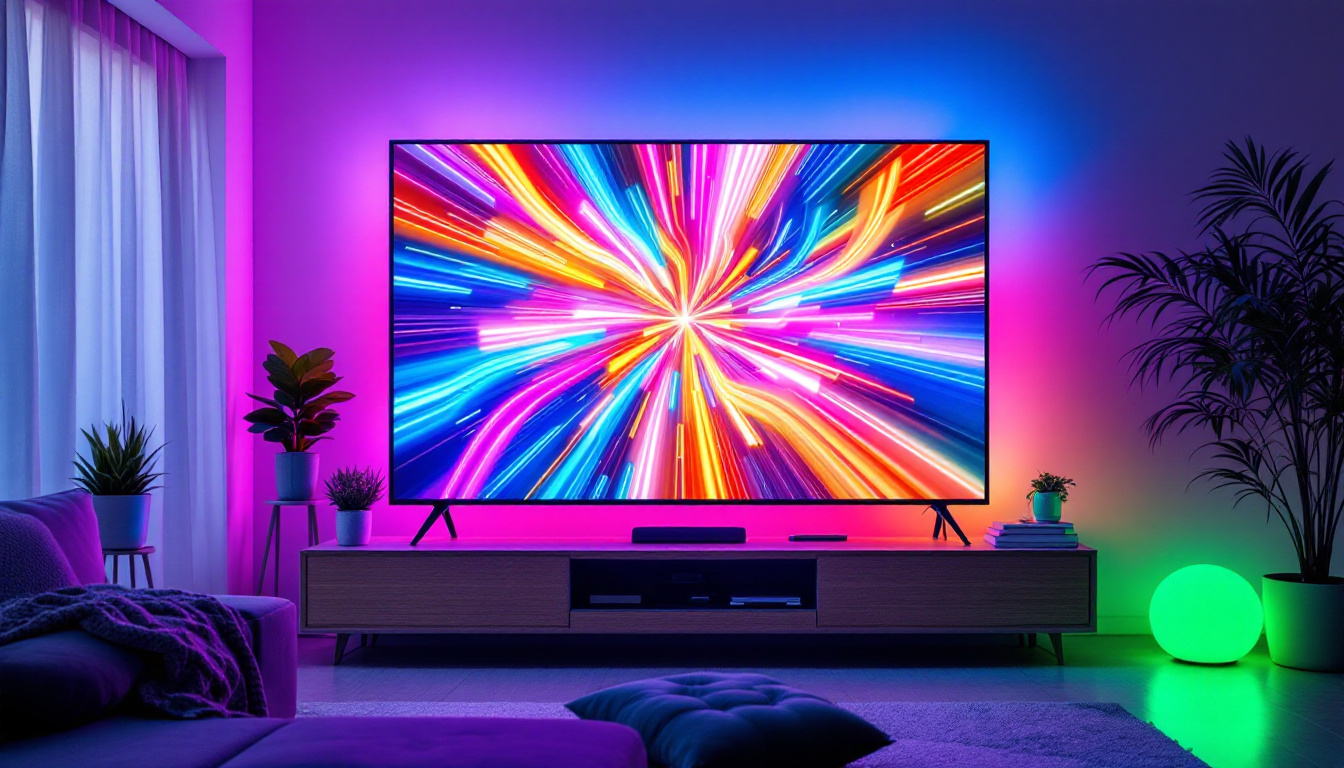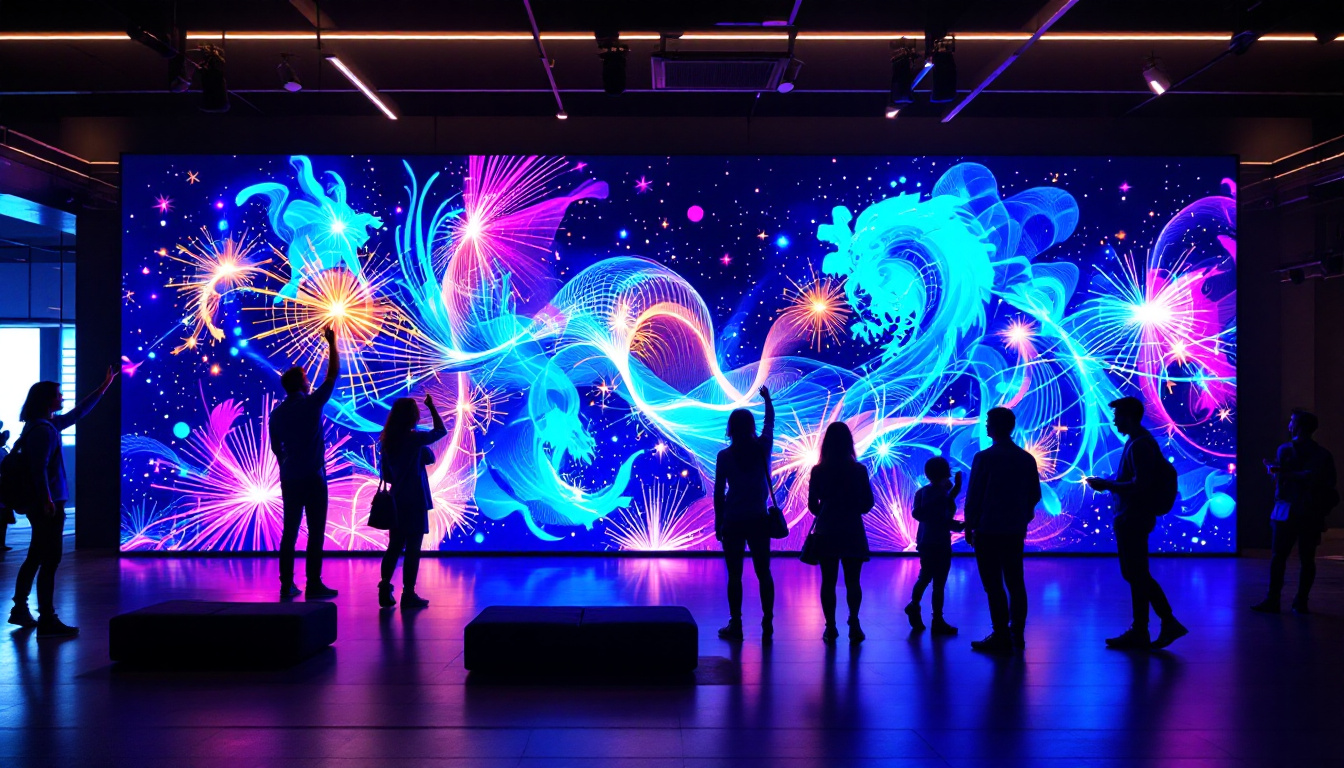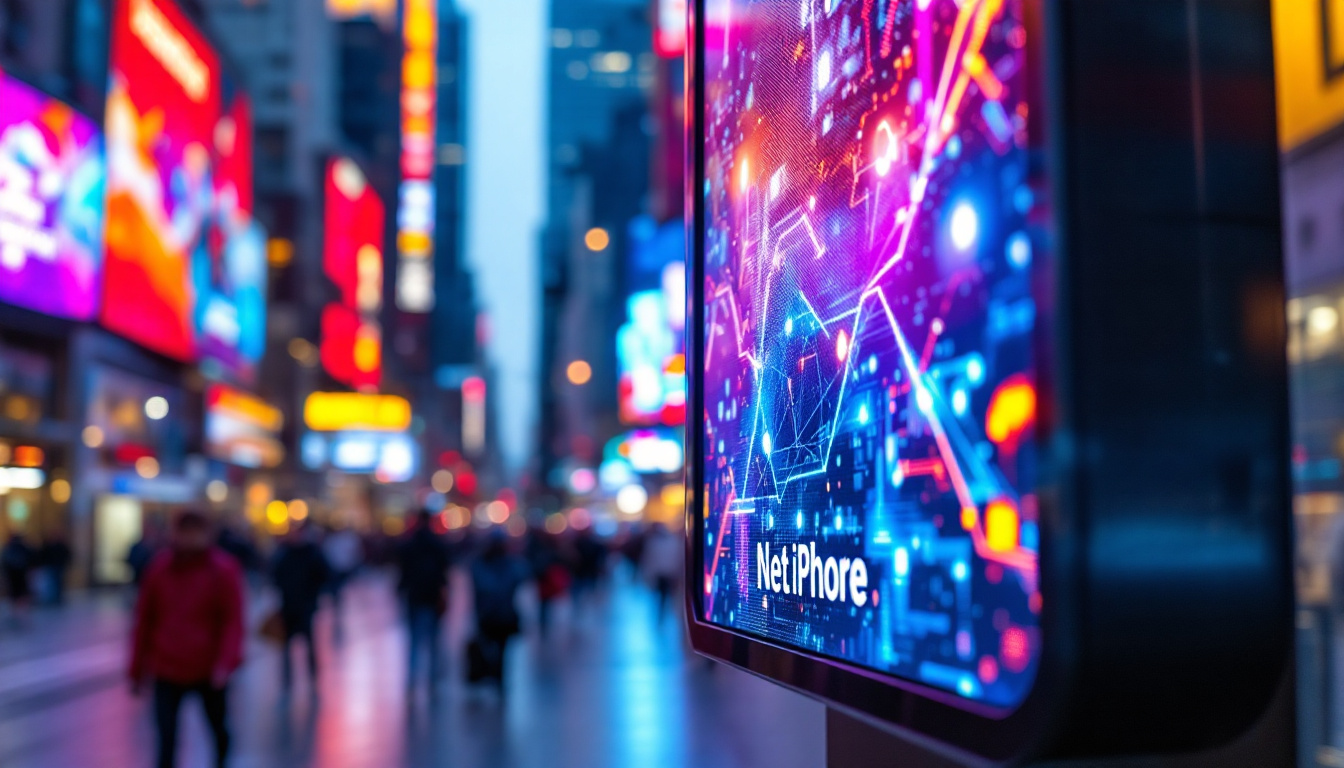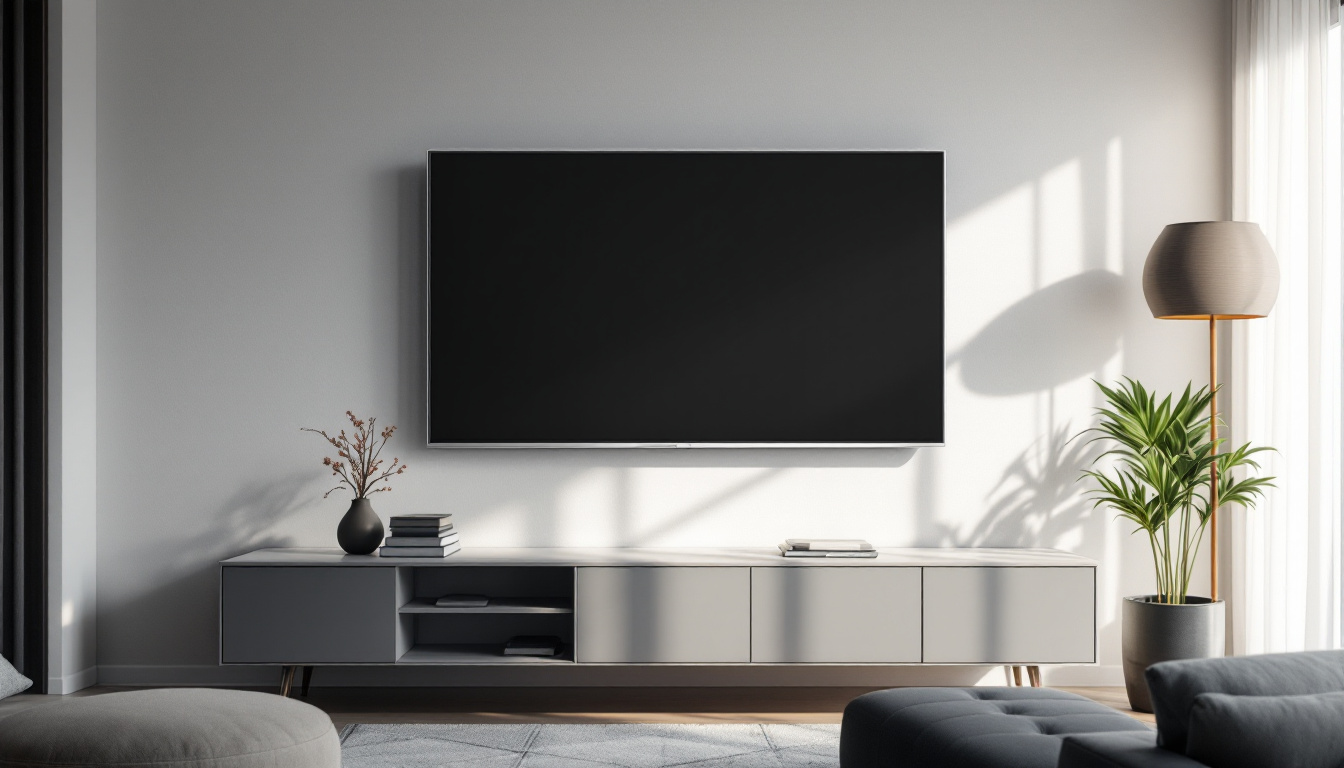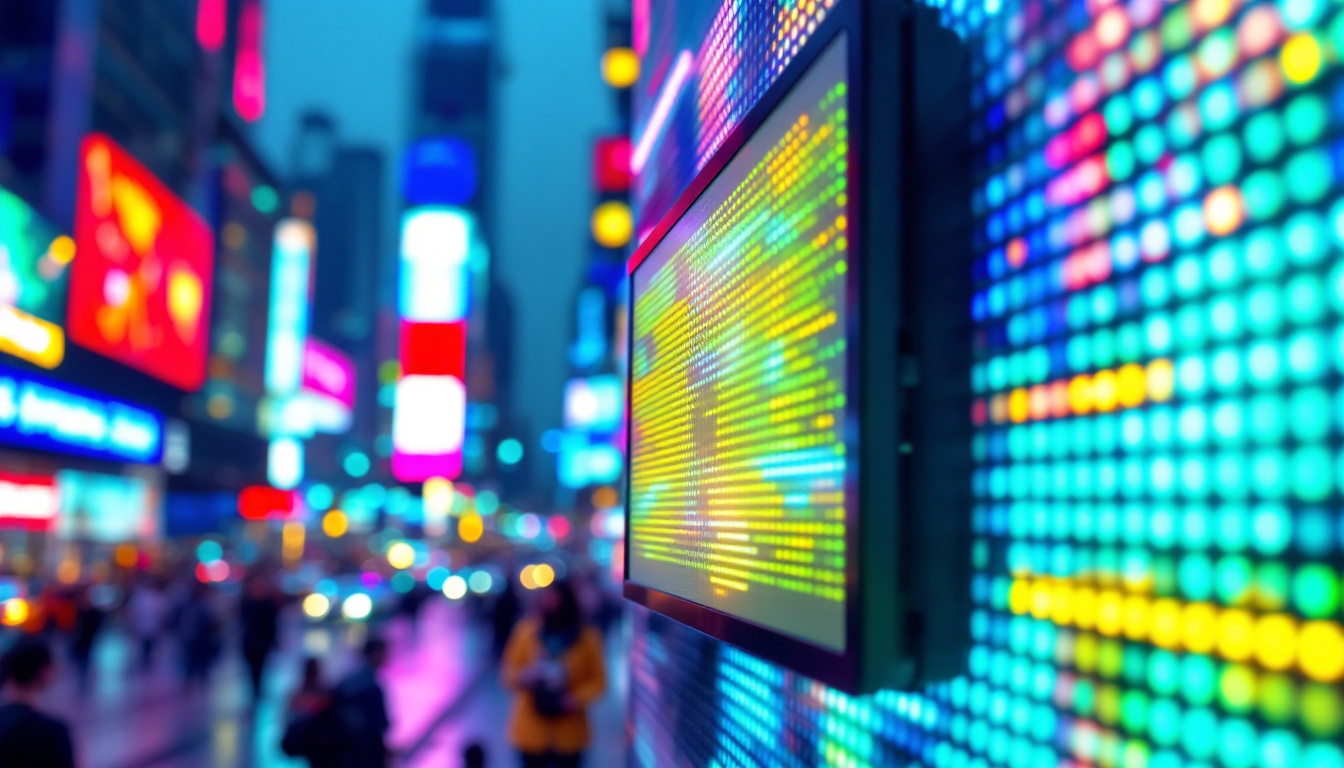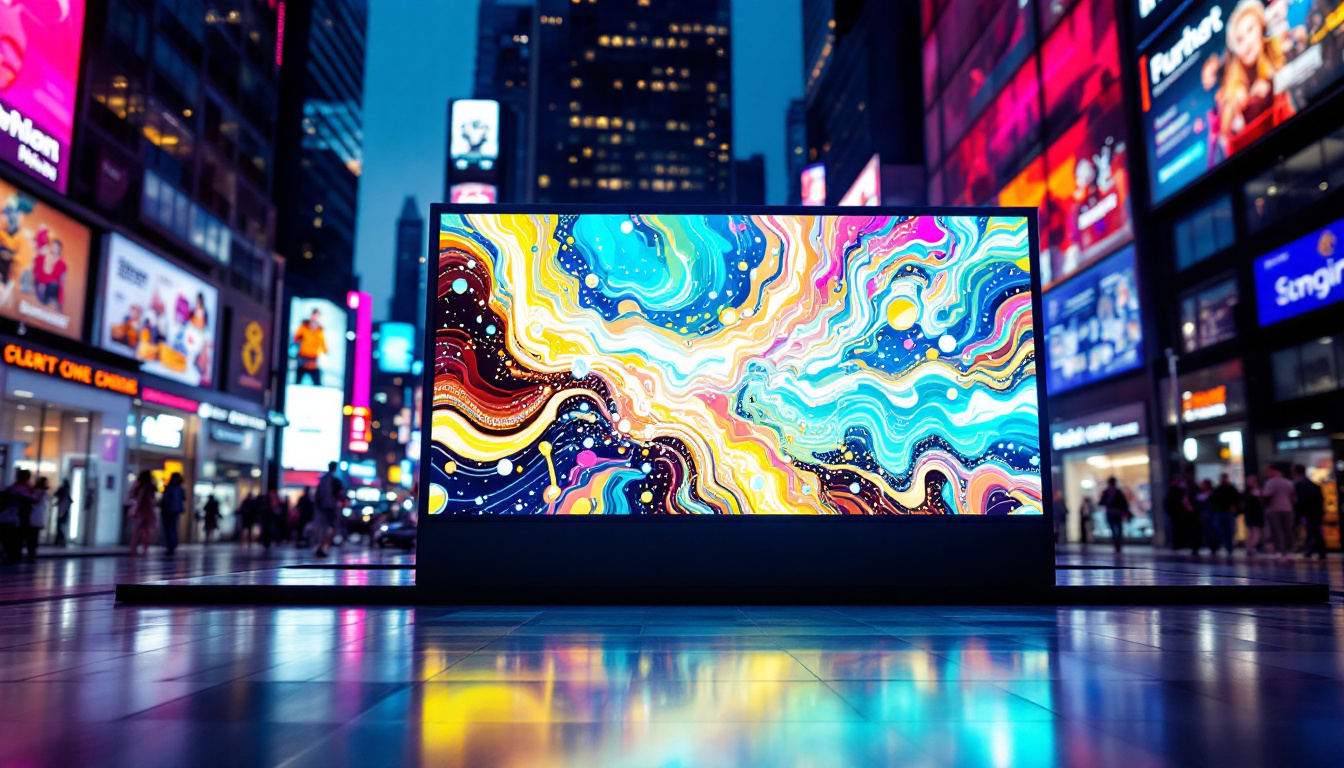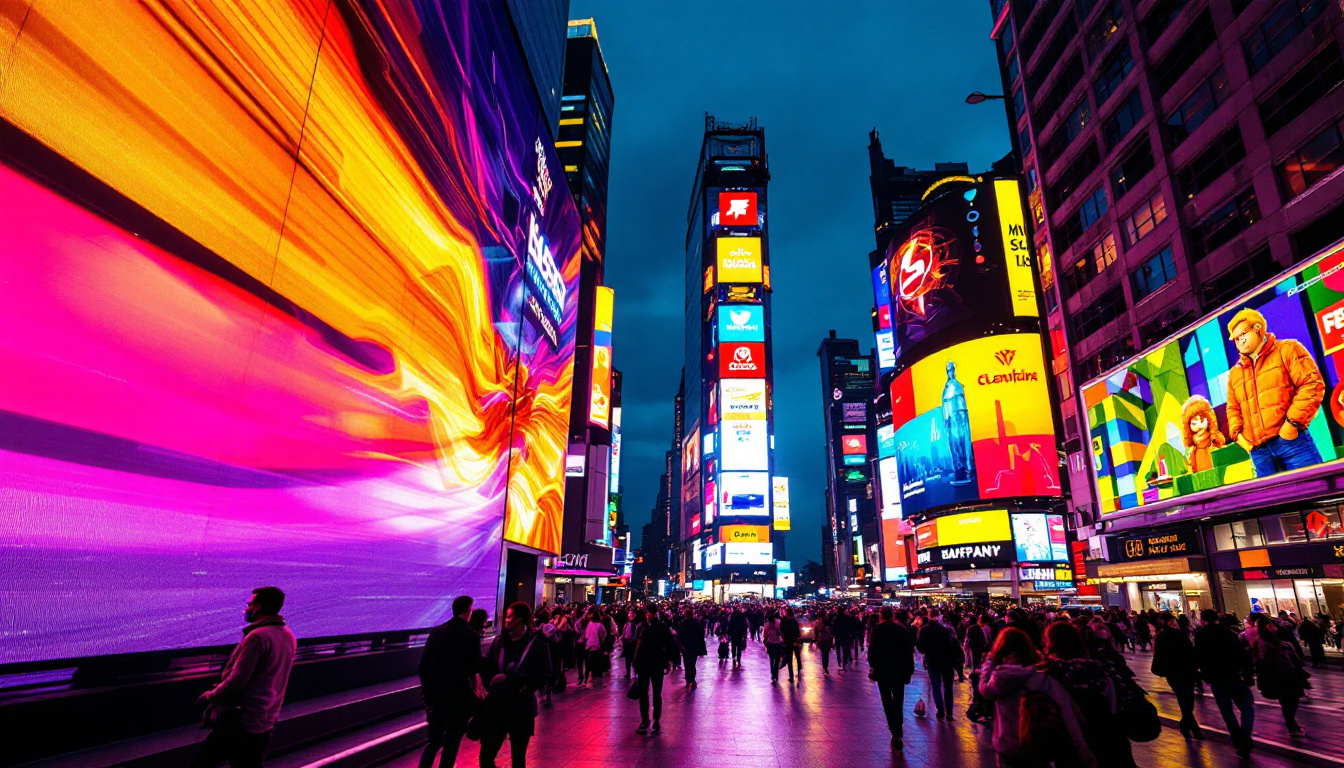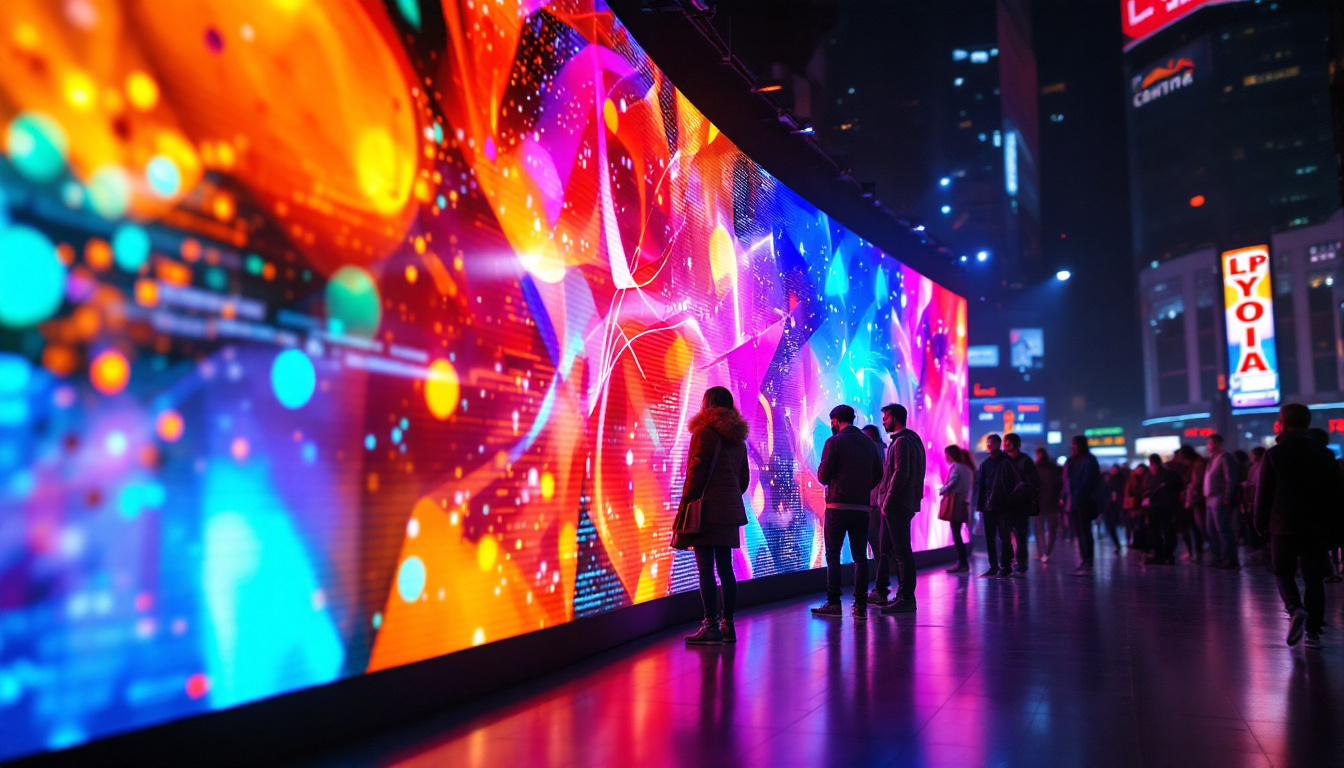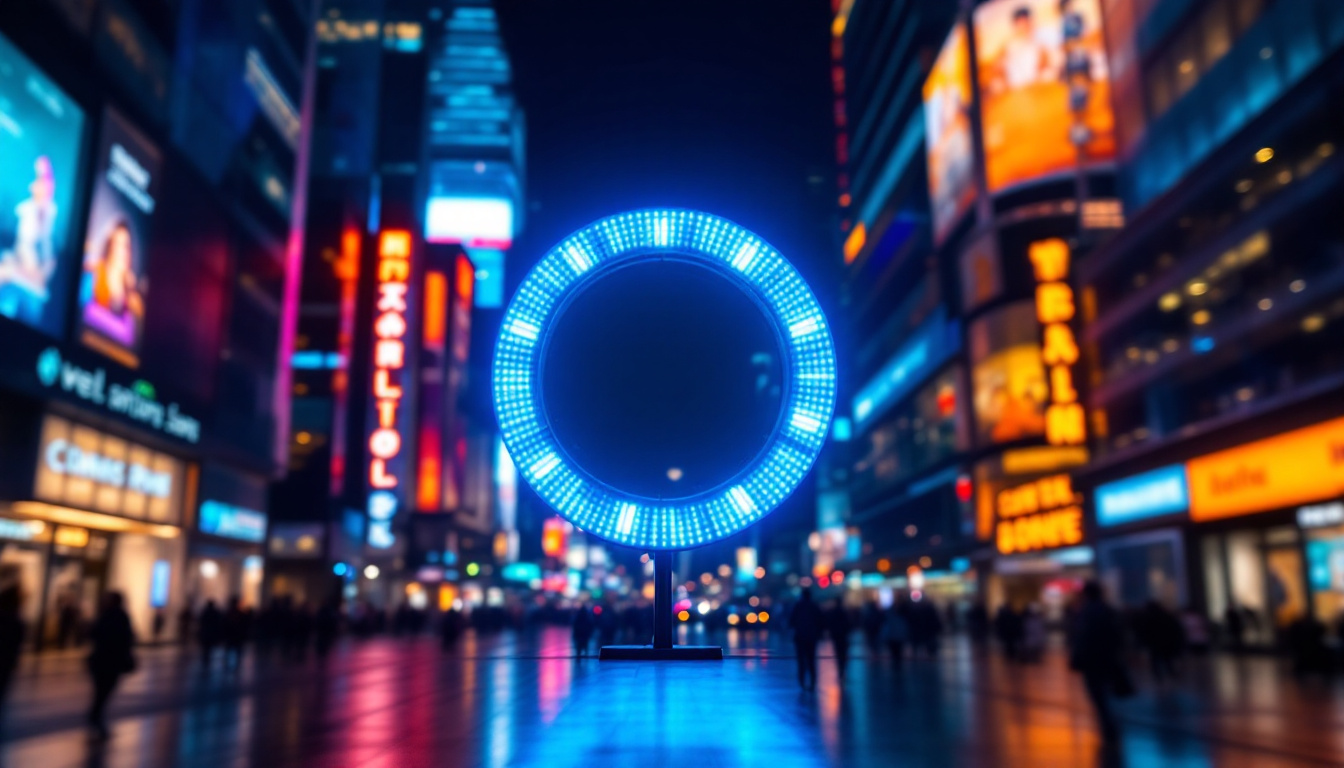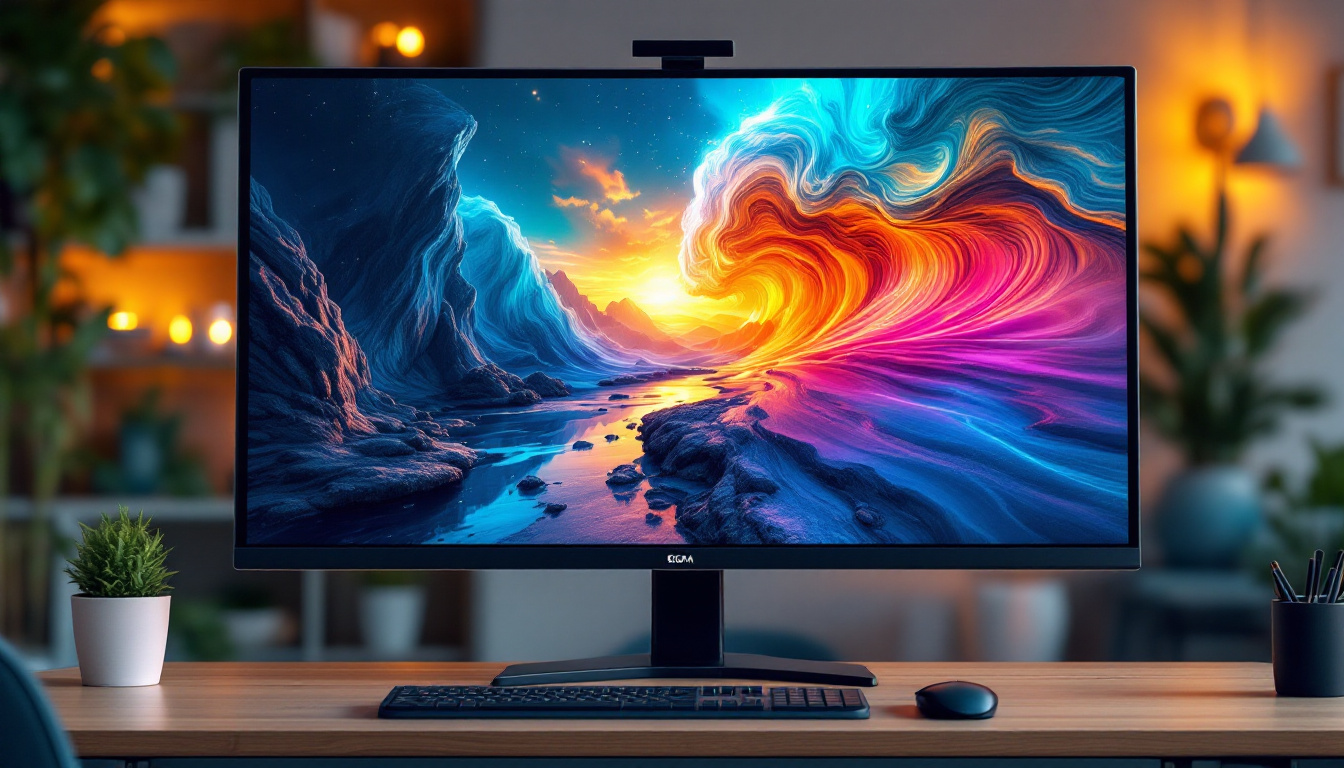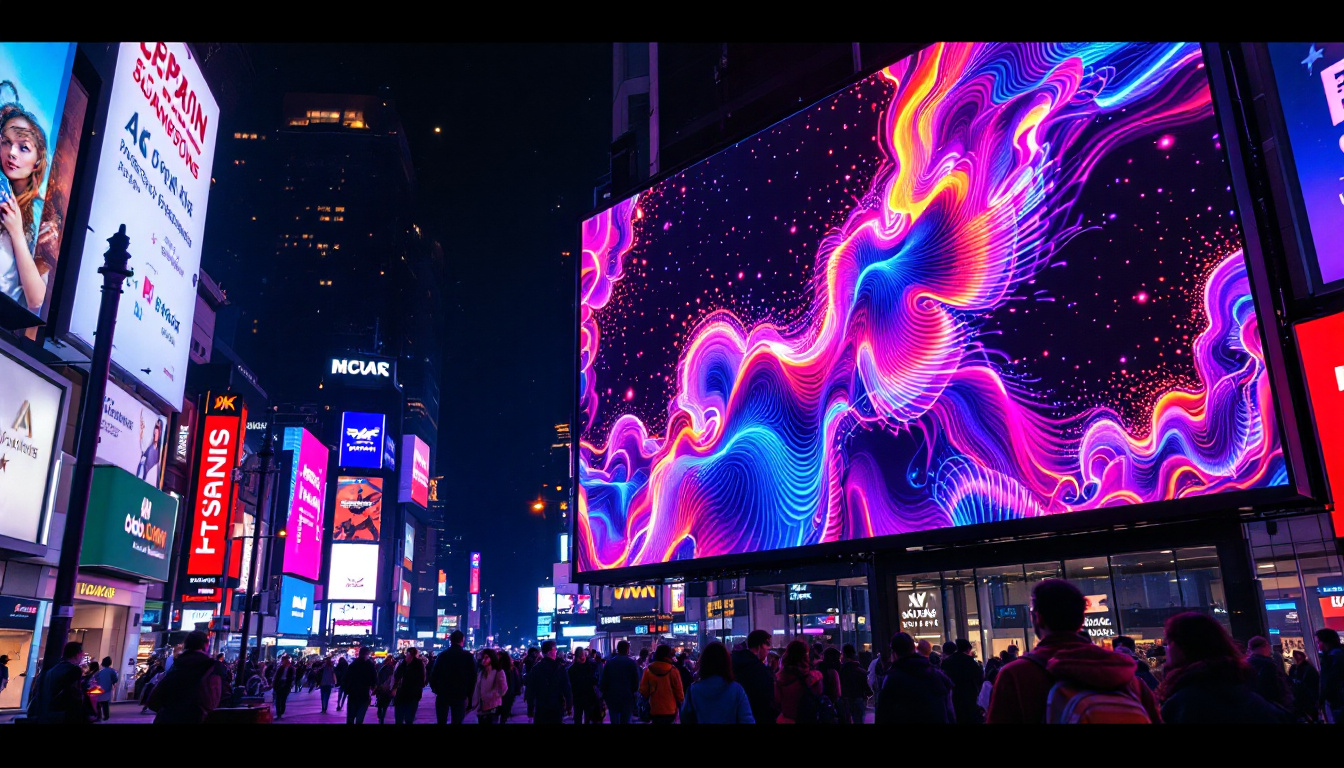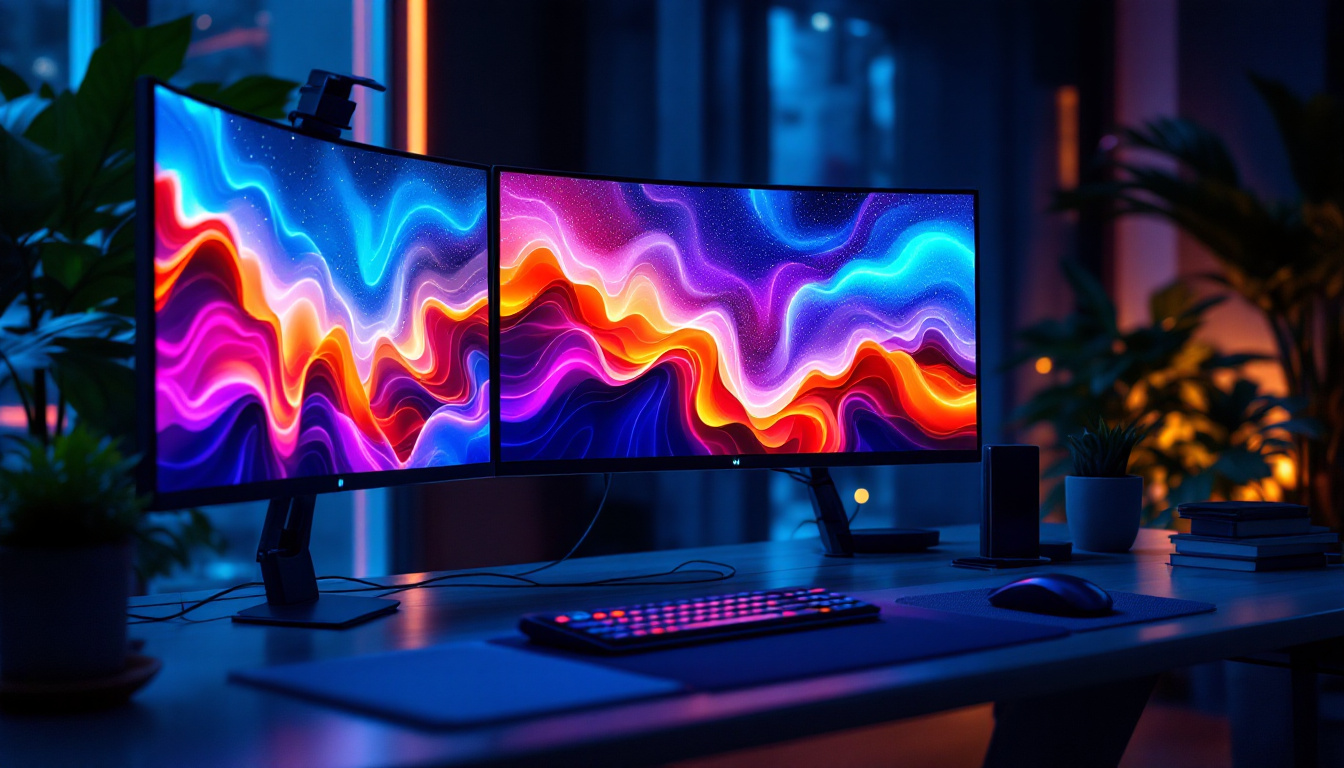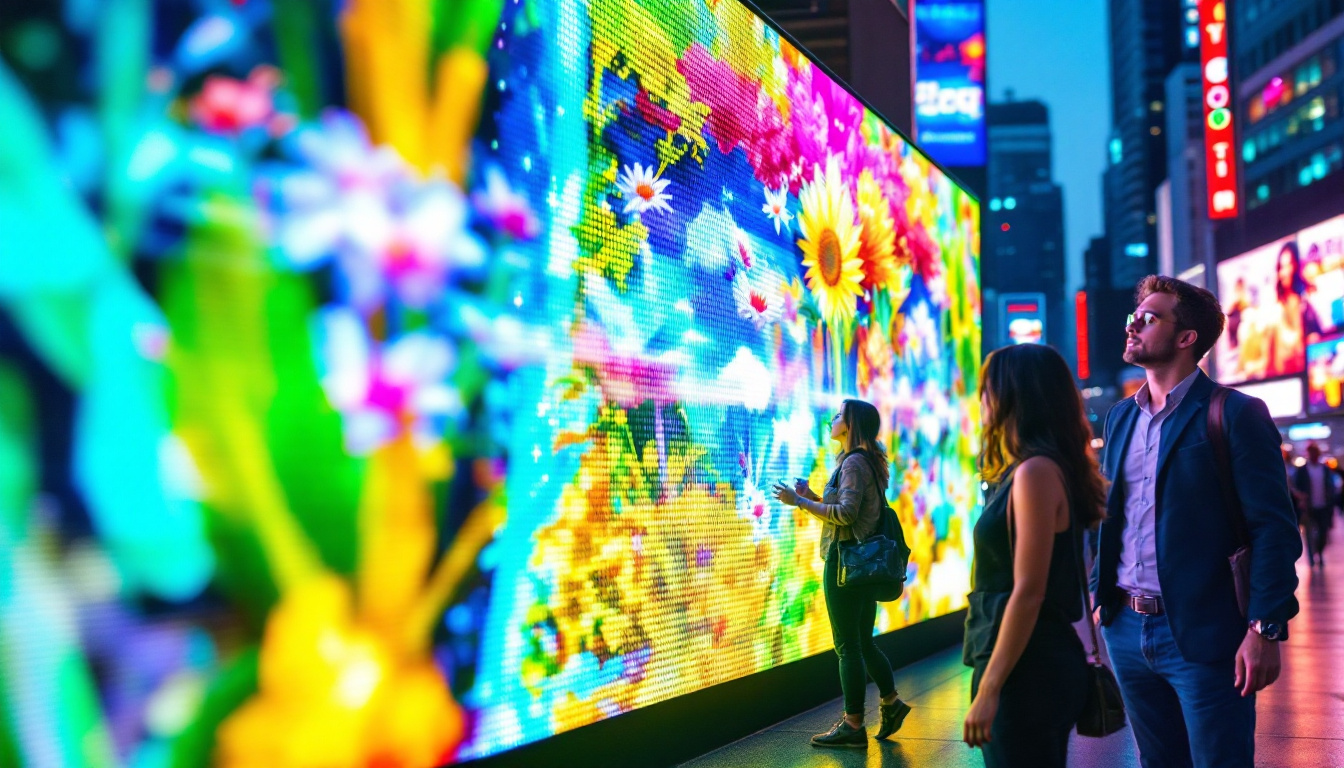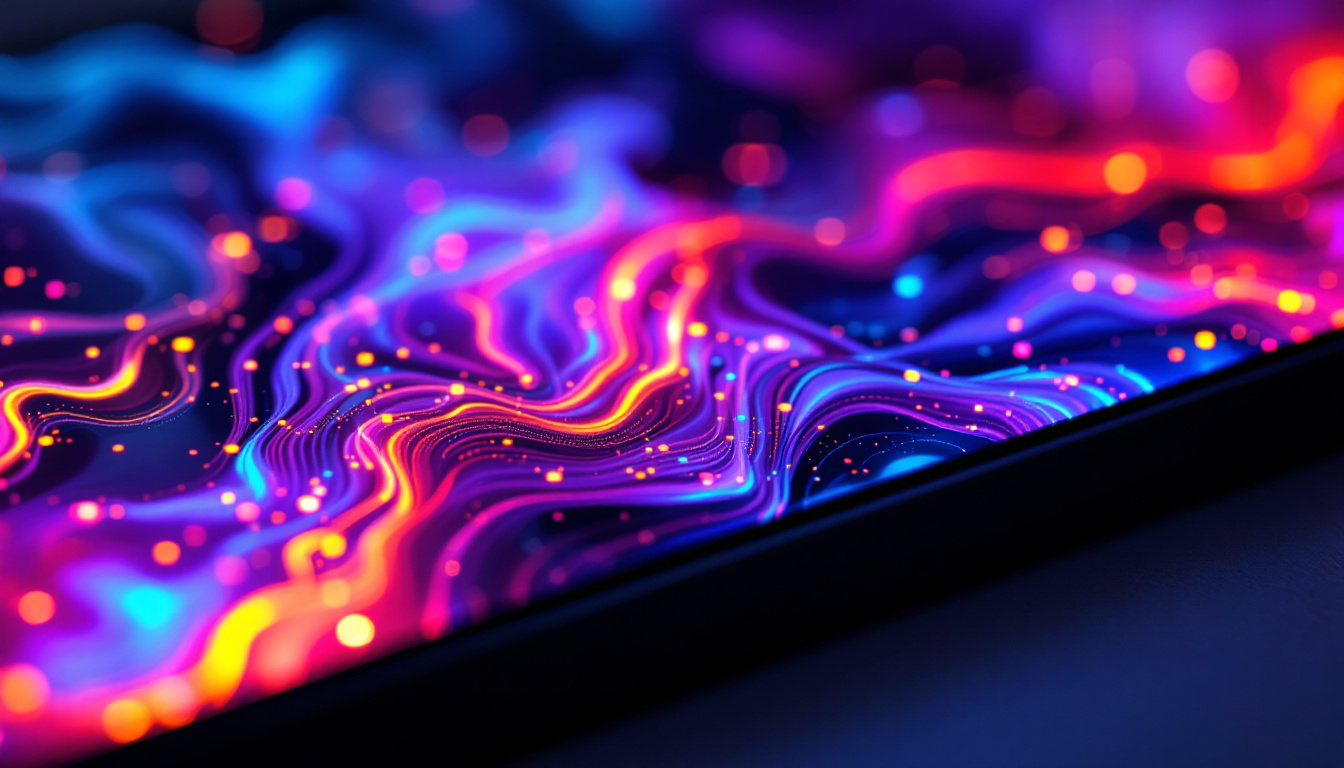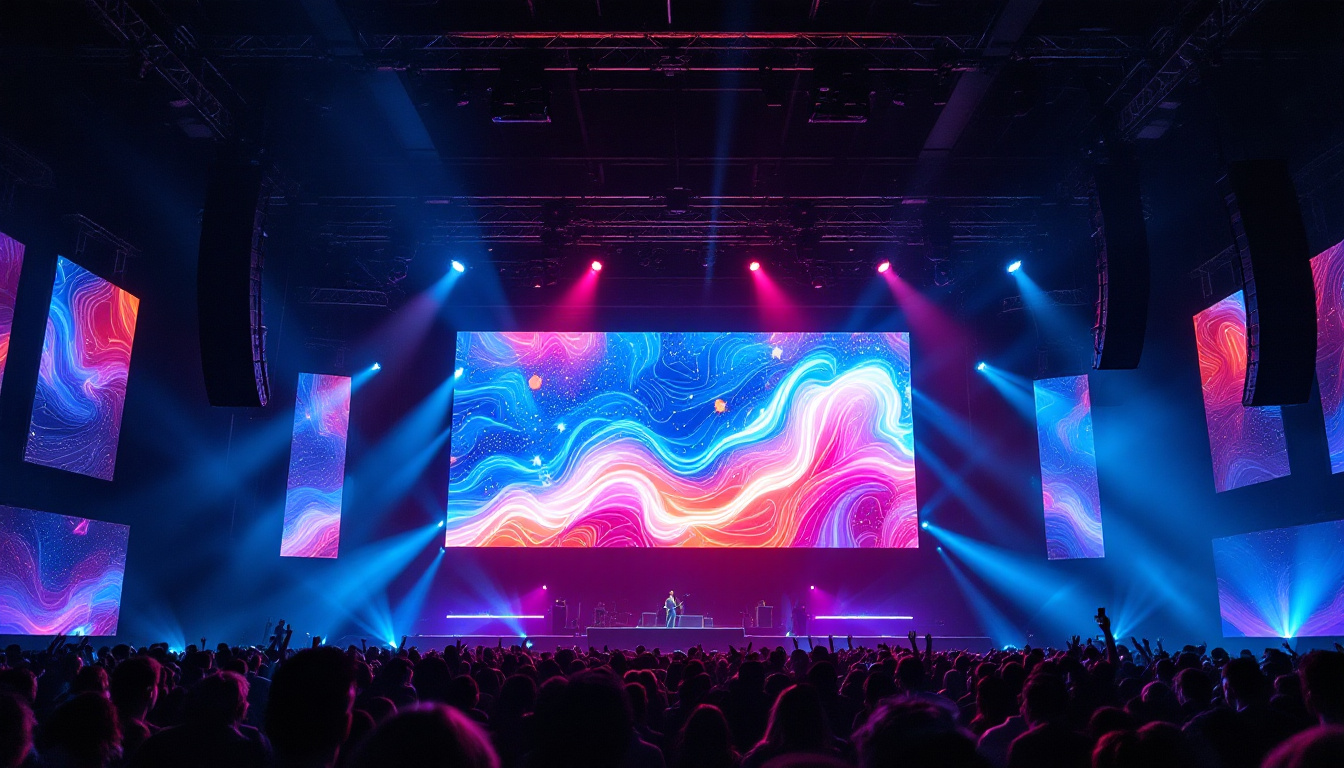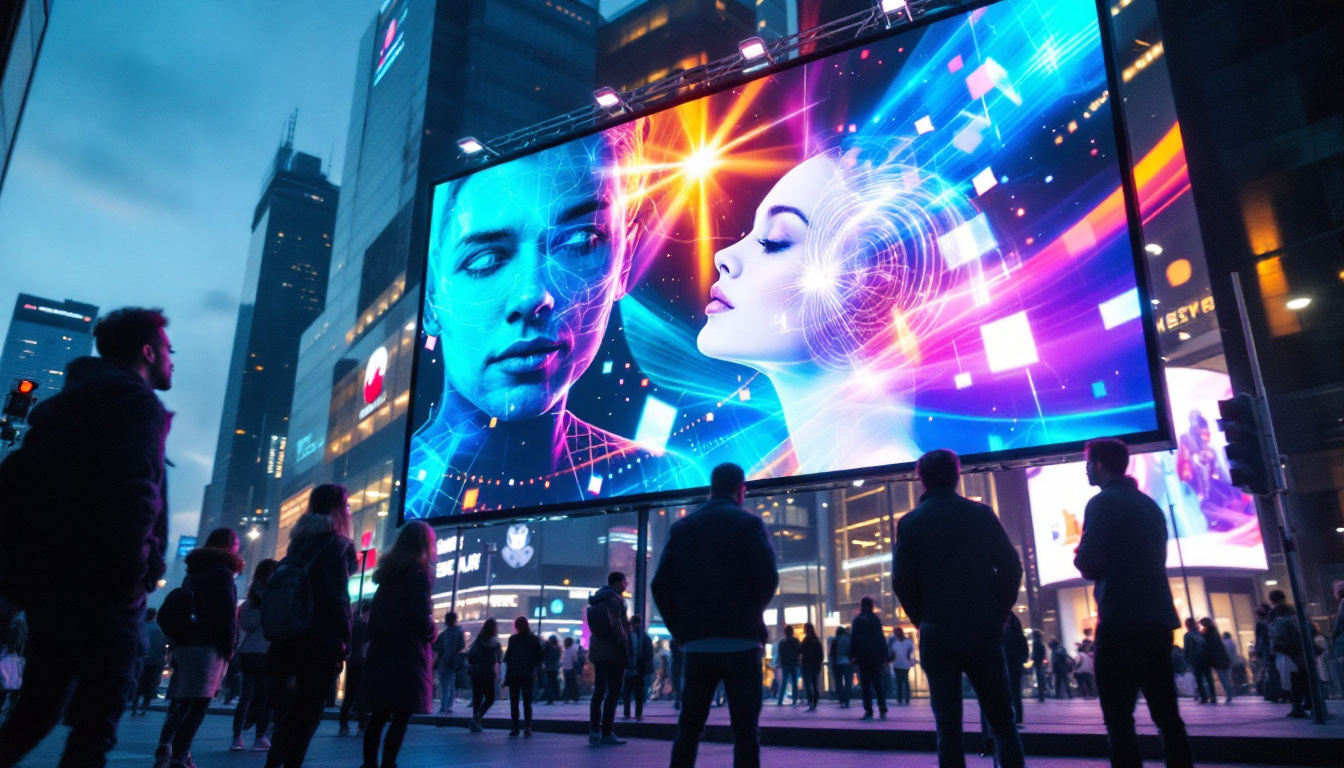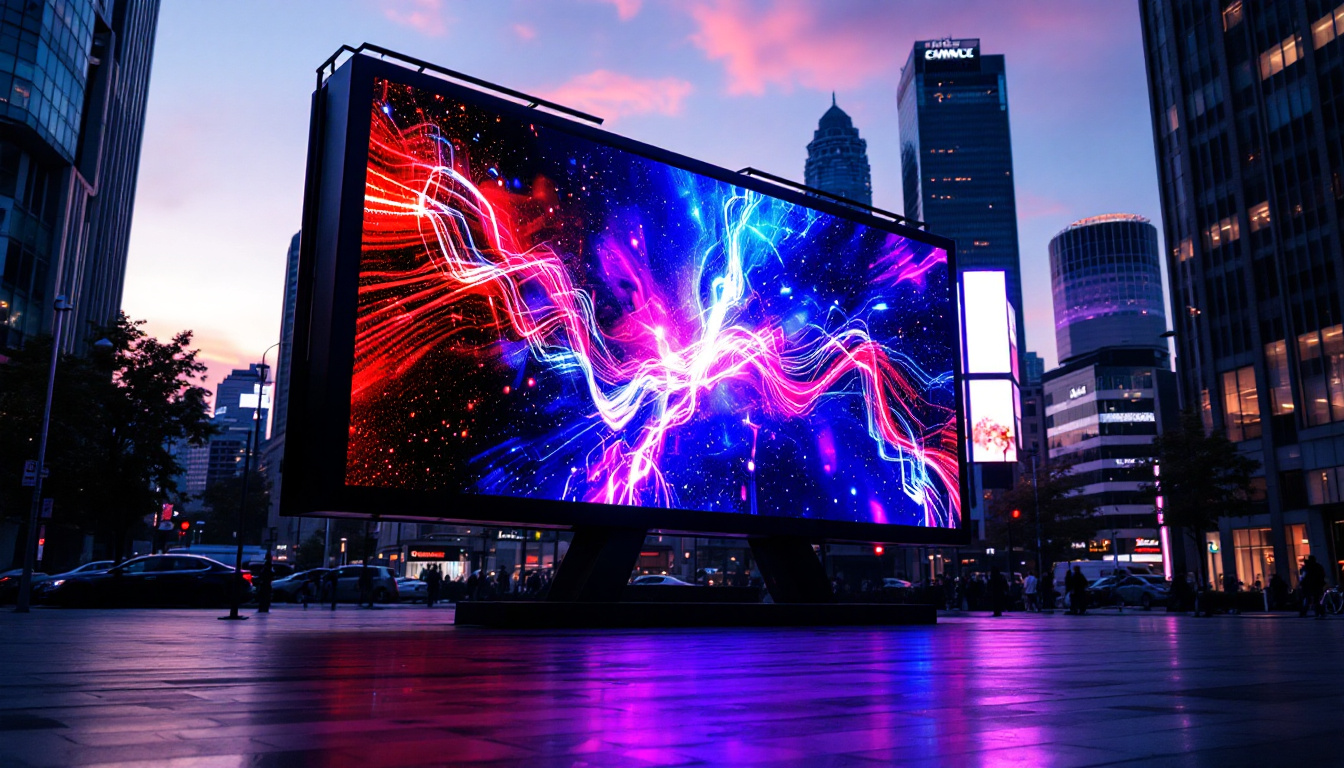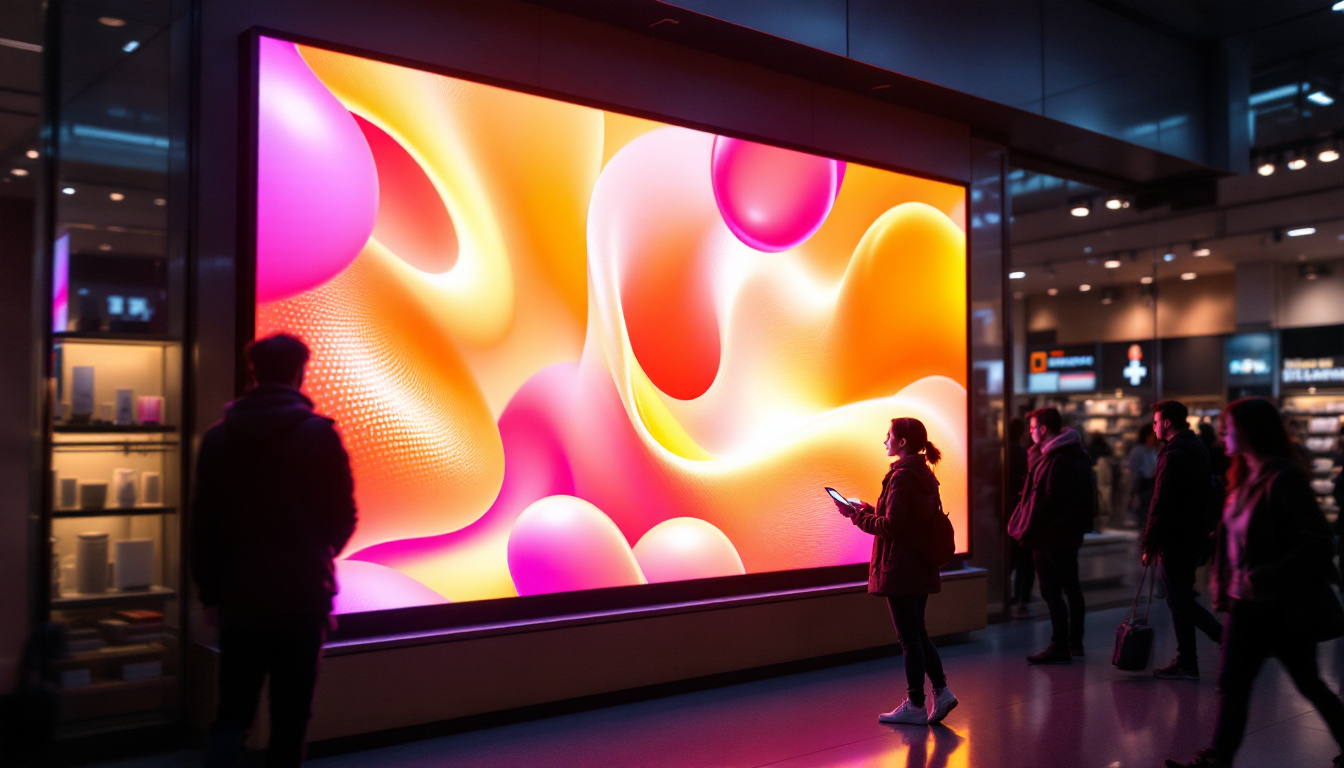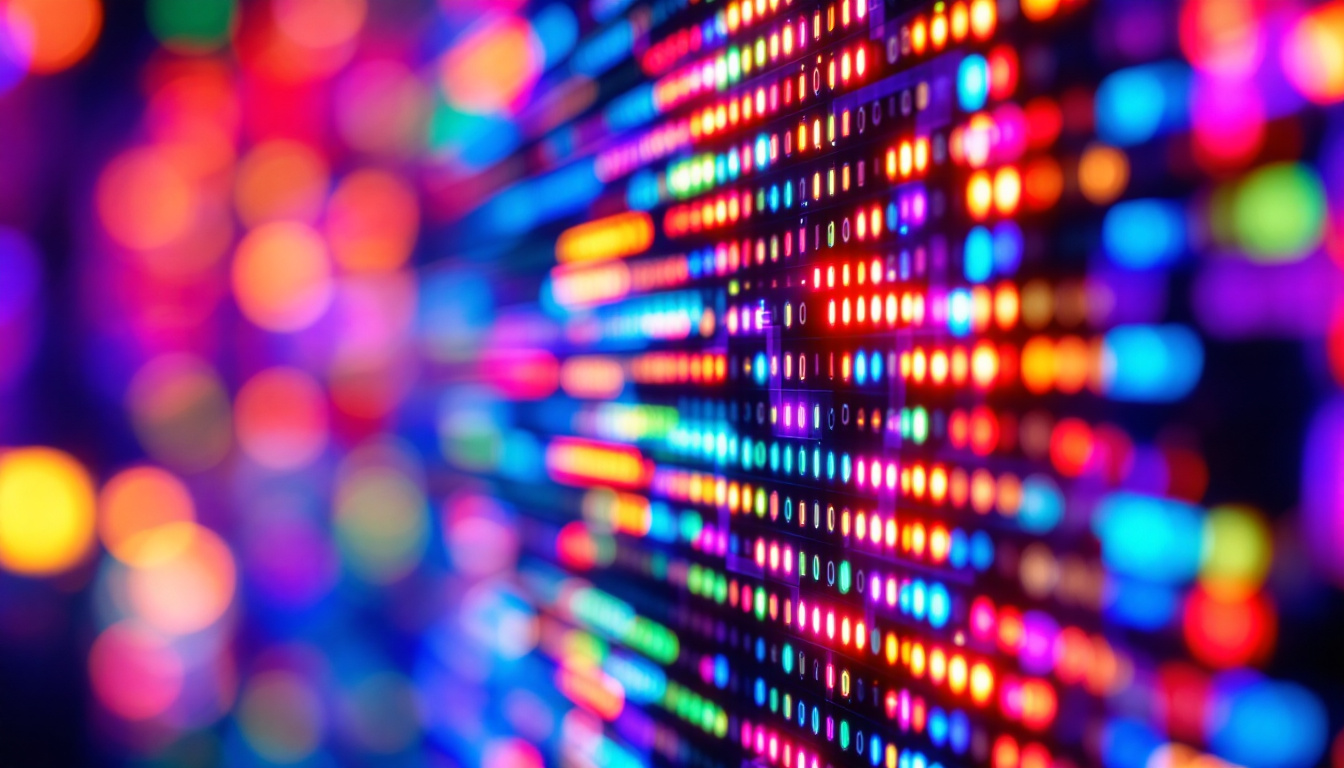In recent years, the integration of technology into everyday spaces has transformed the way we interact with our environments. One of the most striking innovations in this realm is the wall panel with LED lights, which not only enhances aesthetics but also serves functional purposes. This article delves into the intricacies of LED displays within wall panels, exploring their benefits, applications, and the technology behind them.
Understanding LED Technology
Light Emitting Diodes (LEDs) have revolutionized the lighting industry due to their energy efficiency and versatility. Unlike traditional incandescent bulbs, LEDs convert a higher percentage of energy into light, resulting in lower electricity consumption and reduced heat output. This efficiency not only translates to cost savings on electricity bills but also contributes to a lower environmental footprint, making LEDs a sustainable choice for modern lighting needs.
The Basics of LED Functionality
At its core, an LED is a semiconductor device that emits light when an electric current passes through it. The color of the light emitted depends on the materials used in the semiconductor. This technology allows for a wide range of colors and brightness levels, making LEDs ideal for various applications, including wall panels. Furthermore, advancements in LED technology have led to the development of tunable white LEDs, which can adjust their color temperature to mimic natural daylight, enhancing the ambiance of any space.
Advantages of Using LEDs
One of the primary advantages of LED technology is its longevity. LEDs can last up to 25,000 hours or more, significantly outpacing traditional bulbs. Additionally, they are robust and can withstand impacts better than fragile glass bulbs. This durability makes them suitable for both residential and commercial applications. Beyond their lifespan, LEDs are also highly efficient in terms of light distribution; they emit light in a specific direction, reducing the need for reflectors and diffusers that can trap light. This directional lighting capability is particularly beneficial in applications such as recessed lighting and outdoor floodlights, where focused illumination is essential.
Moreover, the low heat output of LEDs contributes to their safety and efficiency. Traditional bulbs convert a significant portion of energy into heat, which not only wastes energy but can also pose a burn risk. In contrast, LEDs remain cool to the touch, making them safer to use in a variety of settings, including children’s rooms and enclosed fixtures. Their ability to operate at lower temperatures also extends their lifespan, as excessive heat can degrade the components of lighting fixtures over time. This combination of energy efficiency, safety, and durability makes LEDs an increasingly popular choice for both new constructions and retrofitting existing lighting systems.
The Role of Wall Panels in Modern Design
Wall panels have become a staple in contemporary interior design, serving both aesthetic and functional roles. They can transform a plain wall into a focal point, adding texture, color, and light to a space. Beyond mere decoration, wall panels can also improve acoustics and insulation, making them a practical choice for both residential and commercial environments. As designers seek to create harmonious and inviting atmospheres, the strategic use of wall panels has become increasingly important in achieving the desired ambiance.
Types of Wall Panels
Wall panels come in various materials and styles, including wood, metal, and fabric. Each type offers unique benefits and can be customized to fit the desired aesthetic of a room. For instance, wooden panels can provide a warm, rustic feel, while metal panels can introduce a sleek, modern touch. Additionally, there are innovative options like 3D wall panels that add depth and dimension, creating a striking visual impact. These panels can be painted or left in their natural finish, allowing for endless customization to suit personal tastes and design themes.
Combining Wall Panels with LED Technology
The integration of LED lights into wall panels elevates their functionality. LED-lit panels can create dynamic lighting effects, highlight architectural features, or serve as a source of ambient light. This combination not only enhances the visual appeal but also allows for greater versatility in lighting design. Furthermore, smart LED technology can enable homeowners to adjust the color and intensity of the lighting, providing an interactive element that can adapt to different moods or occasions. This innovative approach not only enhances the aesthetic quality of a space but also promotes energy efficiency, making it an appealing option for eco-conscious consumers.
Moreover, wall panels equipped with LED technology can also serve practical purposes in commercial settings. For example, in retail environments, illuminated panels can draw attention to merchandise displays or promotional signage, guiding customers through the space while creating an engaging shopping experience. In office settings, strategically placed LED wall panels can foster a more productive atmosphere by providing adequate lighting that reduces eye strain and enhances focus. As the trend of incorporating technology into design continues to grow, wall panels are poised to play a significant role in shaping the future of interior spaces.
Applications of LED Wall Panels
LED wall panels have found their way into various sectors, from residential to commercial and even industrial settings. Their adaptability makes them suitable for diverse applications.
Residential Use
In homes, LED wall panels can be used in living rooms, bedrooms, and even kitchens. They can serve as accent lighting, provide illumination for artwork, or create mood lighting for entertaining. The ability to control brightness and color temperature adds to their appeal, allowing homeowners to customize their environment to suit different occasions.
Commercial Use
In commercial spaces, LED wall panels are often utilized for branding and advertising. Retail stores can use them to display promotions or highlight products, while corporate offices may implement them for presentations or as part of a dynamic workspace. The energy efficiency of LEDs also aligns with many businesses’ sustainability goals, making them an attractive option.
Industrial Applications
In industrial settings, LED wall panels can improve safety and visibility in work environments. They can be used in warehouses, factories, and even outdoor settings to provide clear lighting that enhances productivity and safety. The durability of LEDs ensures they can withstand harsh conditions often found in these environments.
Design Considerations for LED Wall Panels
When incorporating LED wall panels into a space, several design considerations should be taken into account. These factors can significantly impact the overall effectiveness and aesthetic of the installation.
Placement and Orientation
The placement of LED wall panels is crucial for achieving the desired lighting effect. Panels should be positioned to minimize shadows and maximize light distribution. Additionally, the orientation of the panels can influence how light interacts with other elements in the room, such as furniture and decor.
Color Temperature and Brightness
Choosing the right color temperature and brightness level is essential for creating the desired ambiance. Warmer tones (around 2700K to 3000K) are often preferred for residential spaces to create a cozy atmosphere, while cooler tones (above 4000K) may be more suitable for commercial environments that require focus and clarity.
Installation and Maintenance of LED Wall Panels
Proper installation and maintenance are critical to ensuring the longevity and performance of LED wall panels. Understanding the installation process and routine upkeep can help maximize their benefits.
Installation Process
Installing LED wall panels typically involves mounting the panels securely to the wall, connecting the electrical components, and ensuring that the lighting is properly integrated with any existing systems. It is advisable to hire a professional electrician for this process, especially in commercial settings where compliance with safety regulations is paramount.
Maintenance Tips
Maintaining LED wall panels is relatively straightforward. Regular cleaning to remove dust and debris will help maintain their brightness and appearance. Additionally, checking the electrical connections periodically can prevent potential issues. Most LED panels have a long lifespan, but being proactive about maintenance can ensure they operate at peak performance for years to come.
Future Trends in LED Wall Panels
The future of LED wall panels looks promising, with ongoing advancements in technology and design. Innovations are continually emerging, enhancing the functionality and aesthetic appeal of these products.
Smart Technology Integration
As smart home technology becomes more prevalent, the integration of LED wall panels with smart systems is on the rise. Homeowners can control lighting through smartphones or voice-activated devices, allowing for seamless adjustments to brightness and color. This level of control enhances convenience and personalization in lighting design.
Enhanced Customization Options
Future trends indicate a move towards greater customization in LED wall panels. Manufacturers are exploring options for customizable shapes, sizes, and colors, allowing consumers to create unique installations that reflect their personal style. This trend is particularly appealing for both residential and commercial spaces looking to make a statement.
Conclusion
Wall panels with LED lights represent a fusion of technology and design that enhances both functionality and aesthetics. Their versatility makes them suitable for a wide range of applications, from residential to commercial and industrial settings. By understanding the technology behind LEDs, the design considerations involved, and the future trends shaping this market, individuals and businesses can make informed decisions when incorporating LED wall panels into their spaces.
As technology continues to evolve, the potential for LED wall panels is limitless. Embracing this innovation not only improves lighting quality but also contributes to a more sustainable and visually appealing environment. Whether for personal use or commercial applications, LED wall panels are a smart investment for the future.
Illuminate Your Space with LumenMatrix
Ready to elevate your environment with the cutting-edge design and technology of LED wall panels? Discover LumenMatrix’s extensive range of LED display solutions, from the vibrant Indoor LED Wall Display to the robust Outdoor LED Wall Display, and the innovative LED Transparent Display. Whether you’re looking to captivate customers in retail, engage fans in sports arenas, or create a dynamic atmosphere in your home, LumenMatrix is your partner in revolutionizing visual communication. Check out LumenMatrix LED Display Solutions today and transform your space into a visually stunning experience.

